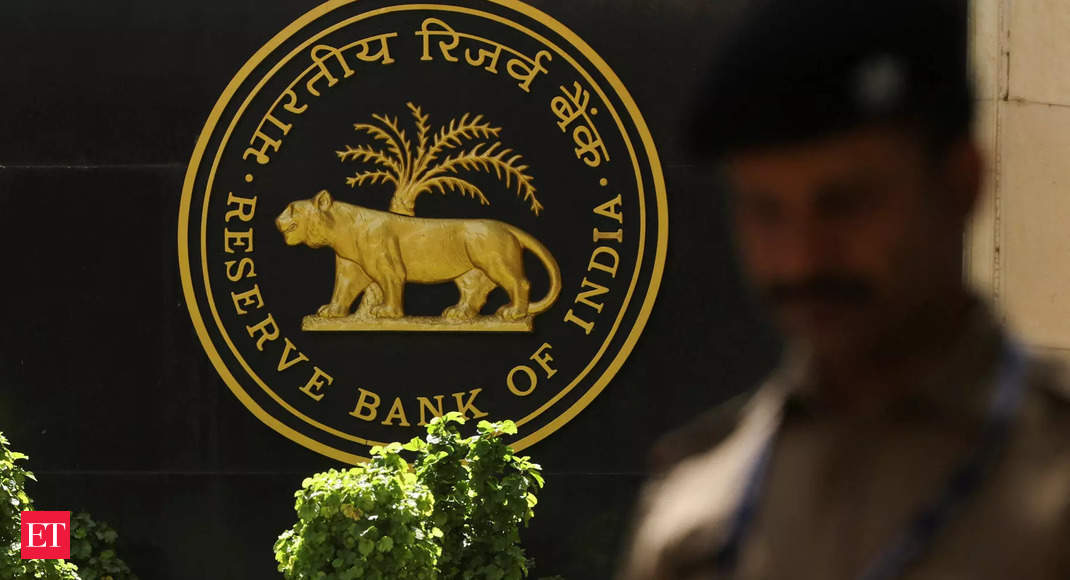The Reserve Bank of India’s September bulletin has highlighted that states reverting to the Old Pension Scheme (OPS) may face unsustainable fiscal stress. The report indicates that the cumulative fiscal burden under OPS could be as high as 4.5 times that of the National Pension Scheme (NPS), with an additional burden reaching 0.9% of GDP annually by 2060. The authors of the report caution that while OPS may be more attractive from an employee’s perspective, it puts an enormous financial burden on the government.
The article points out that recently Rajasthan, Chhattisgarh, Jharkhand, Punjab, and Himachal Pradesh announced a return to OPS from NPS. While discontinuing spending on NPS contribution of current employees may provide immediate gains, the authors highlight that in the future, the unfunded OPS is likely to exert severe pressures on state finances, especially with increasing longevity.
Under OPS, state government employees receive a pension fixed at 50% of the last drawn salary and the benefit of dearness relief revisions. The OPS is an unfunded system in which current taxpayers finance retirees’ pensions. On the other hand, the National Pension Scheme (NPS) is a defined contribution scheme in which employees contribute 10% of their basic salary and dearness allowance, with a matching contribution from the state government. The NPS aims to ensure good pensions for retiring employees while reducing the budgetary burden.
The authors conclude by emphasizing that the NPS does not pose a pension obligation risk to the employer at the time of retirement, as the payments are made from the pension fund created through employee and employer contributions during the service period.
Old Pension Scheme Could Put Severe Strain on States’ Finances: RBI











